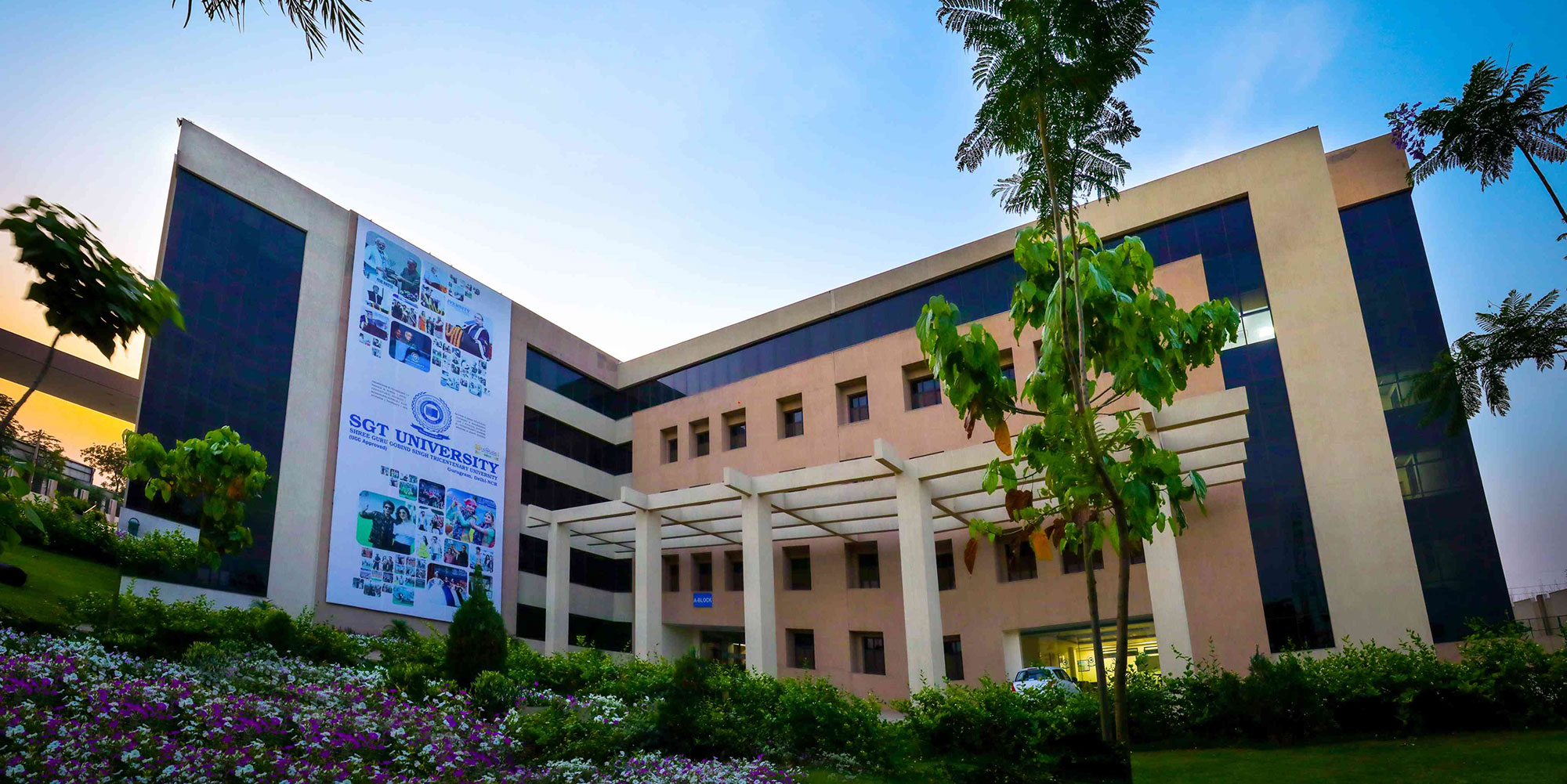Bridging the Gap: The Vital Role of Collaboration Between General and Special Education Teachers
Updated on: May 09, 2024
Introduction
In the landscape of modern education, inclusivity and diversity are not just buzzwords; they're guiding principles shaping the learning journey of every student. Central to this mission is the collaboration between general and special education teachers. This partnership isn't just about sharing resources; it's about fostering an environment where every student, irrespective of their abilities, receives the support they need to thrive. Let's delve into the significance of this collaboration and how it transforms classrooms into inclusive spaces where every learner can succeed.
Understanding Diverse Learners
In any classroom, there's a spectrum of learning abilities, preferences, and challenges. General education teachers typically cater to a broad range of students, while special education teachers specialize in supporting those with diverse needs, such as learning disabilities, developmental delays, or behavioral disorders. Recognizing and respecting this diversity is the first step toward effective collaboration.
Here's why collaboration between these educators is more crucial than ever:
- Meeting Diverse Needs: Every student is unique, with individual strengths and challenges. General education teachers bring expertise in delivering curriculum content to diverse groups, while special education teachers offer specialized strategies to support students with disabilities or learning differences. By collaborating, they ensure that every student receives the tailored support they need to thrive.
- Maximizing Resources: Two heads are better than one, as the saying goes. By pooling their resources, general and special education teachers can create a richer learning environment. They can share insights, materials, and best practices, maximizing the effectiveness of their teaching strategies.
- Creating Inclusive Environments: Collaboration fosters inclusive classrooms where every student feels valued and supported. When general and special education teachers work together, they model inclusivity, empathy, and acceptance, creating a positive learning environment for all students.
- Personalized Learning: Collaboration enables teachers to develop personalized learning plans tailored to individual student needs. By combining their expertise, they can create differentiated instruction, modify assignments, and provide targeted interventions to ensure that every student has the opportunity to succeed.
- Professional Growth: Collaboration isn't just beneficial for students; it's also a catalyst for professional growth. Through collaboration, teachers have the opportunity to learn from each other, share best practices, and expand their skill sets. This continuous learning process enhances teaching effectiveness and fosters a culture of innovation and excellence.
Conclusion:
Collaboration between general and special education teachers is not just important—it's essential. By working together, these educators can create inclusive, supportive learning environments where every student can reach their full potential. As we continue to champion the cause of inclusive education, let's remember the power of partnership in making a difference in the lives of all students.
Note: The collaboration between general and special education teachers is not just a professional necessity; it's a moral imperative in creating inclusive and equitable learning environments.
Ms. Poonam Talwar
Assistant Professor
Department of Special Education
Faculty of Education
SGT University, Gurugram

